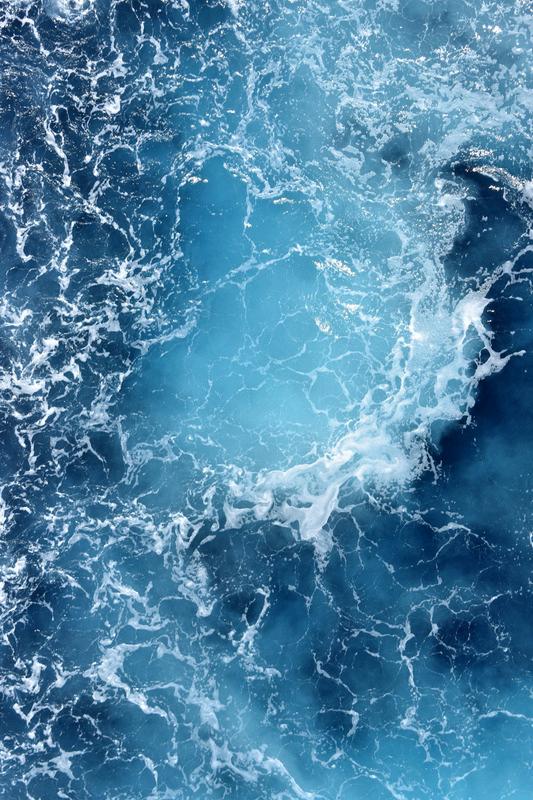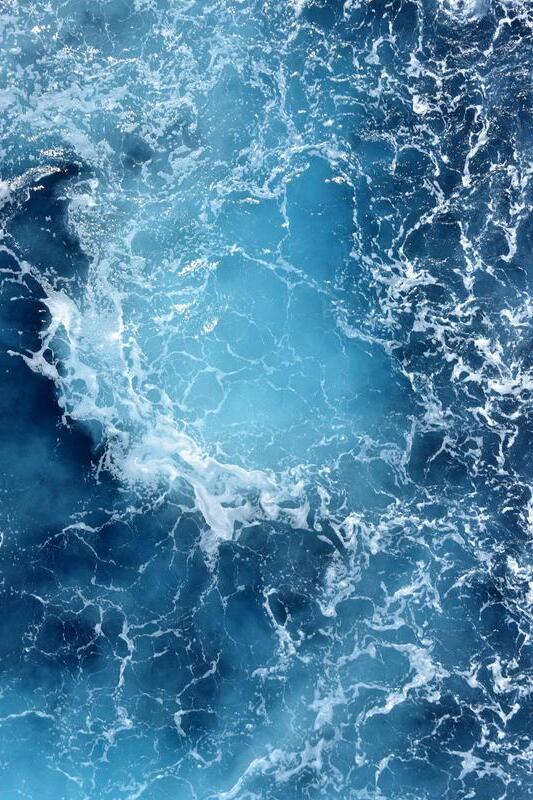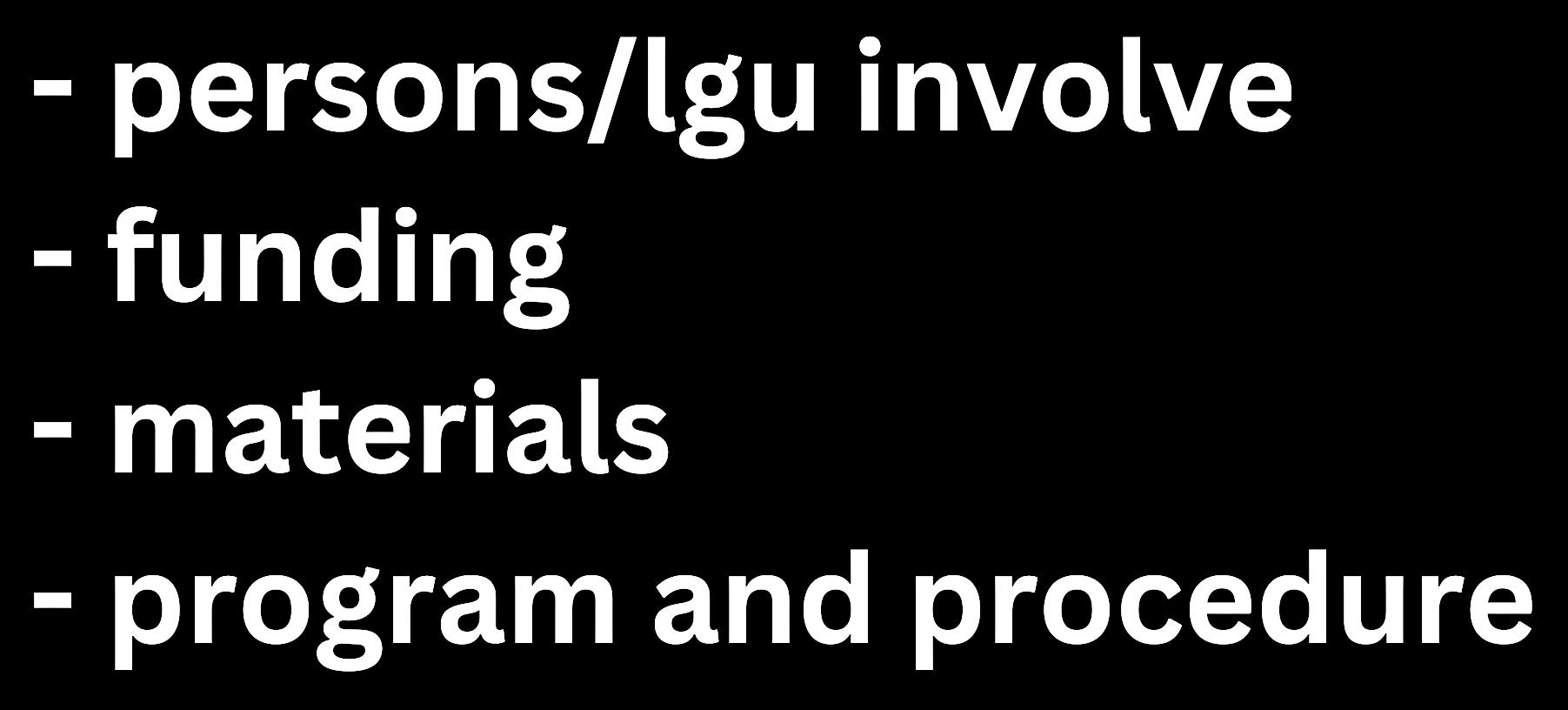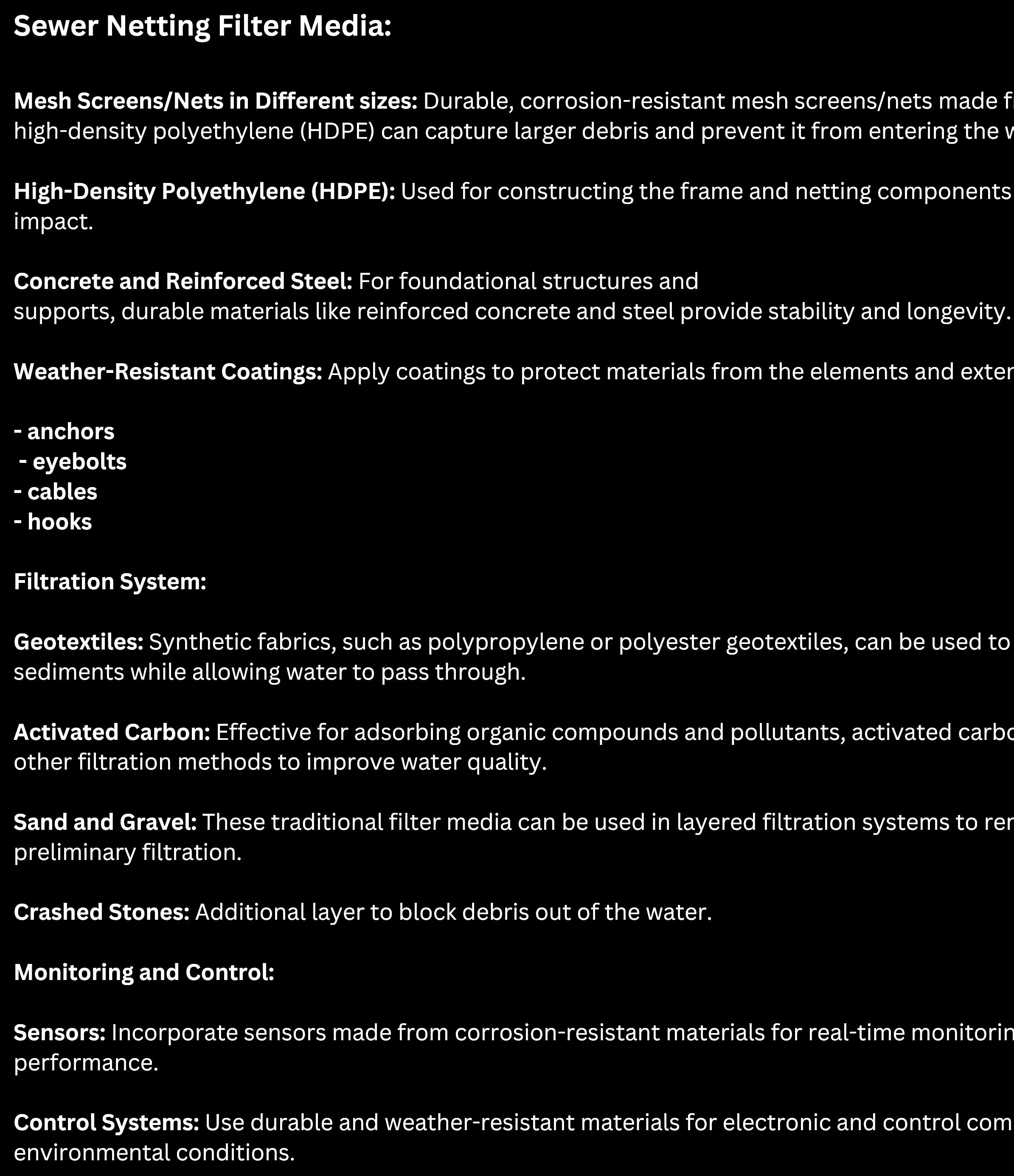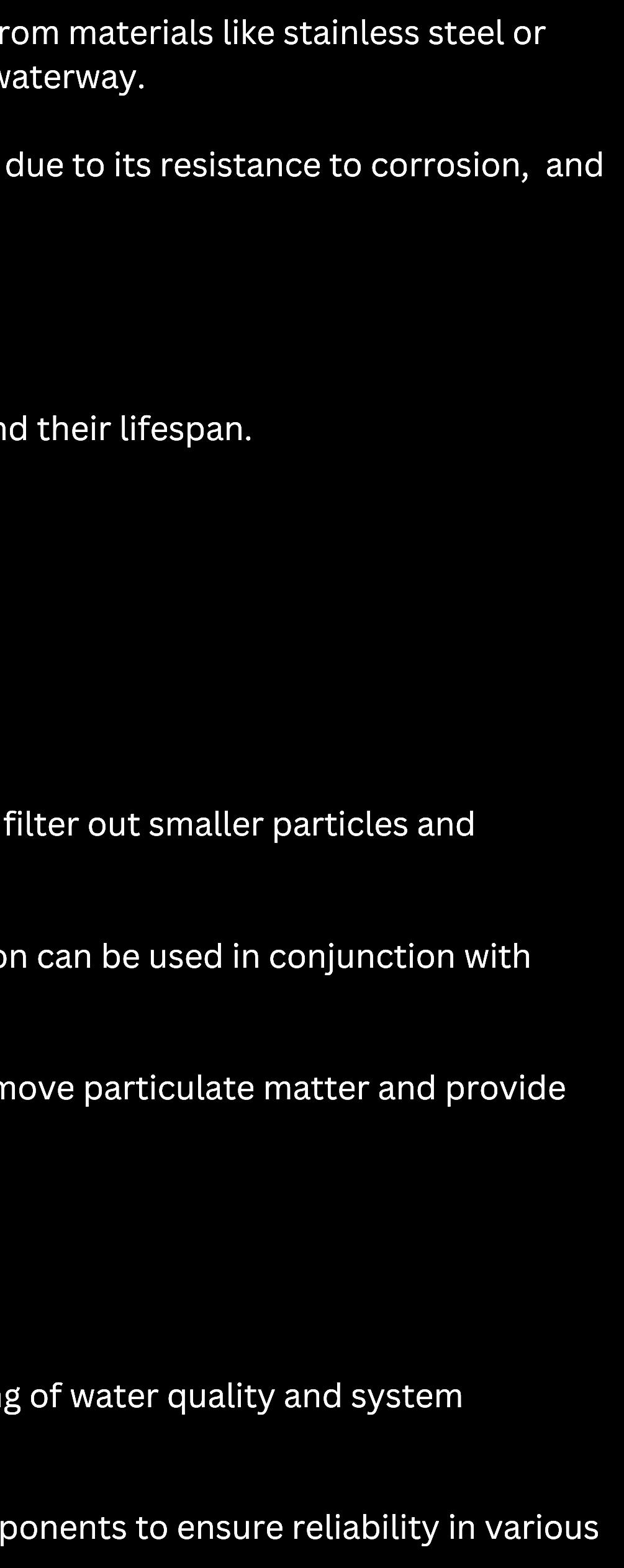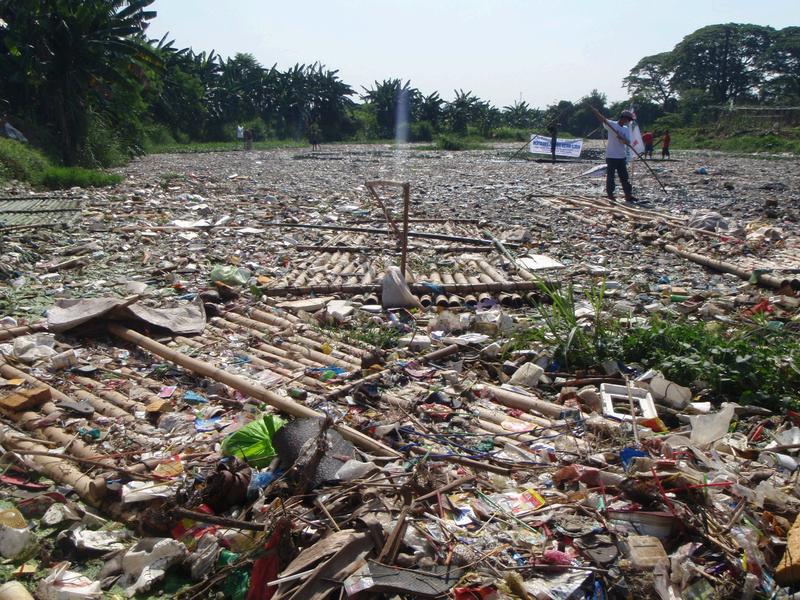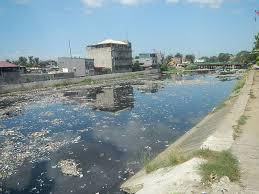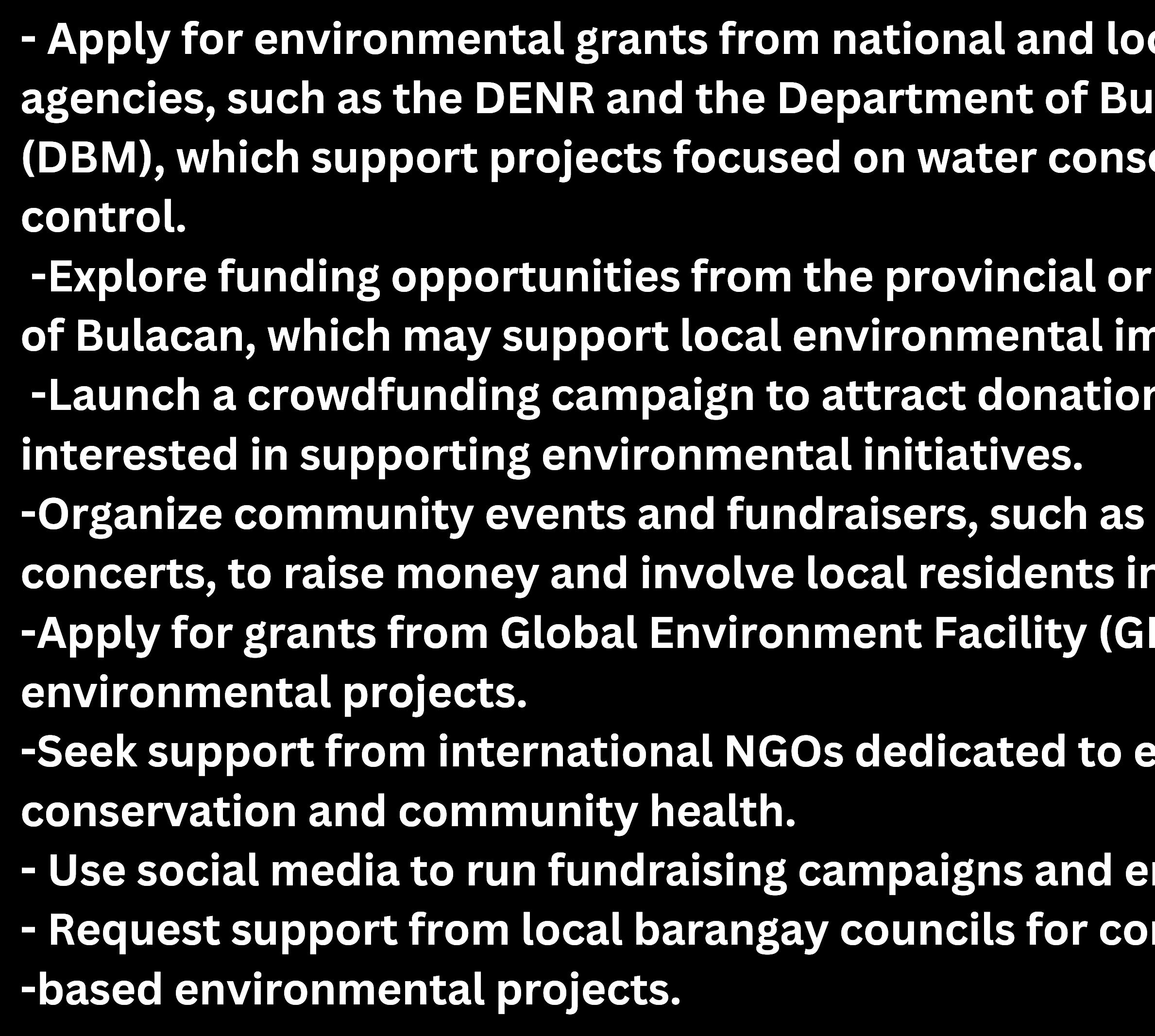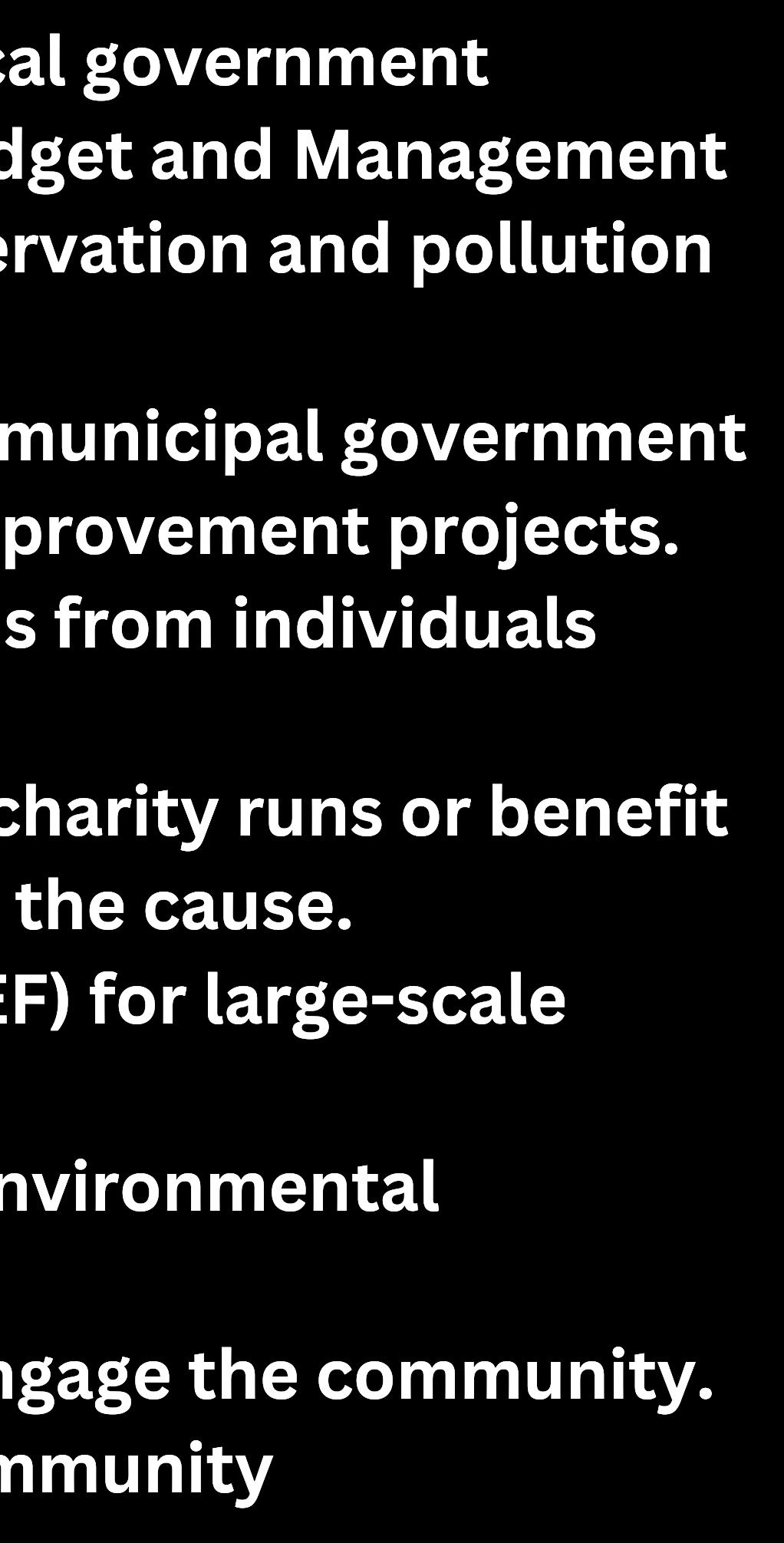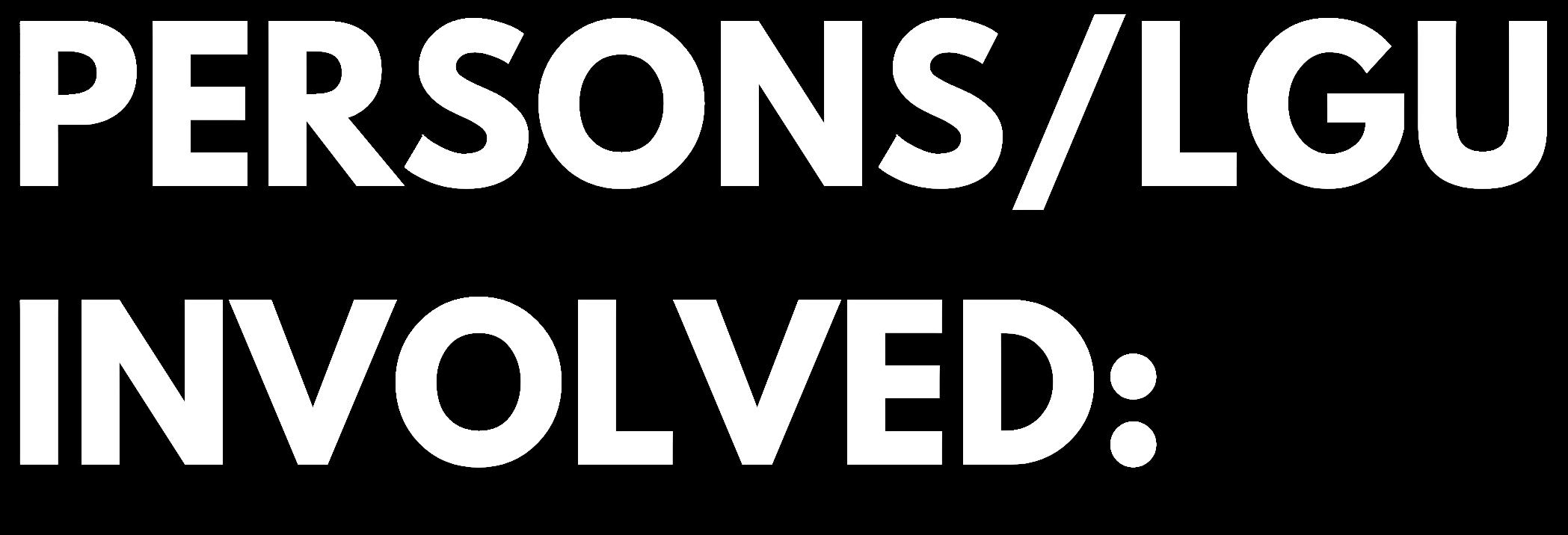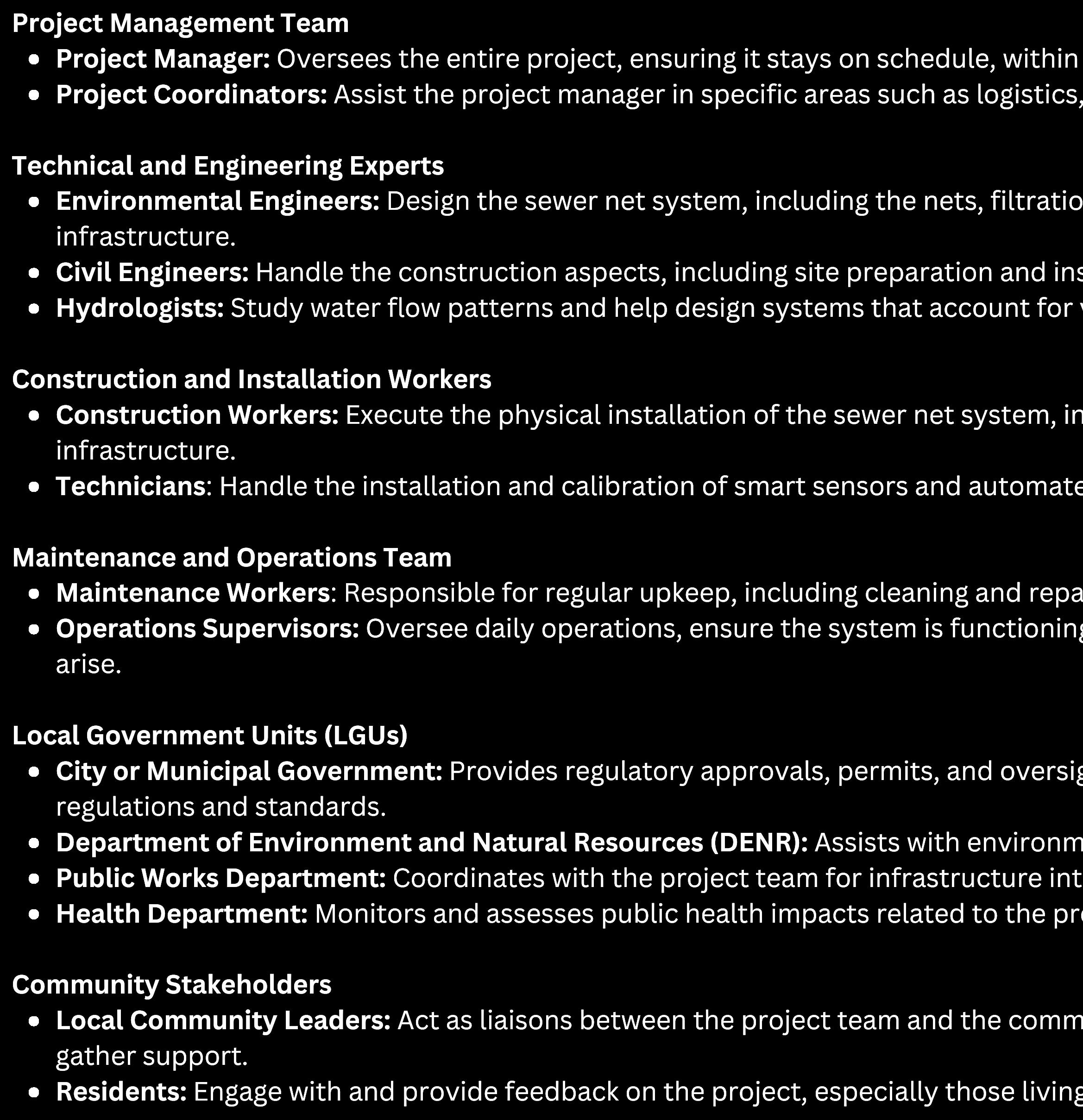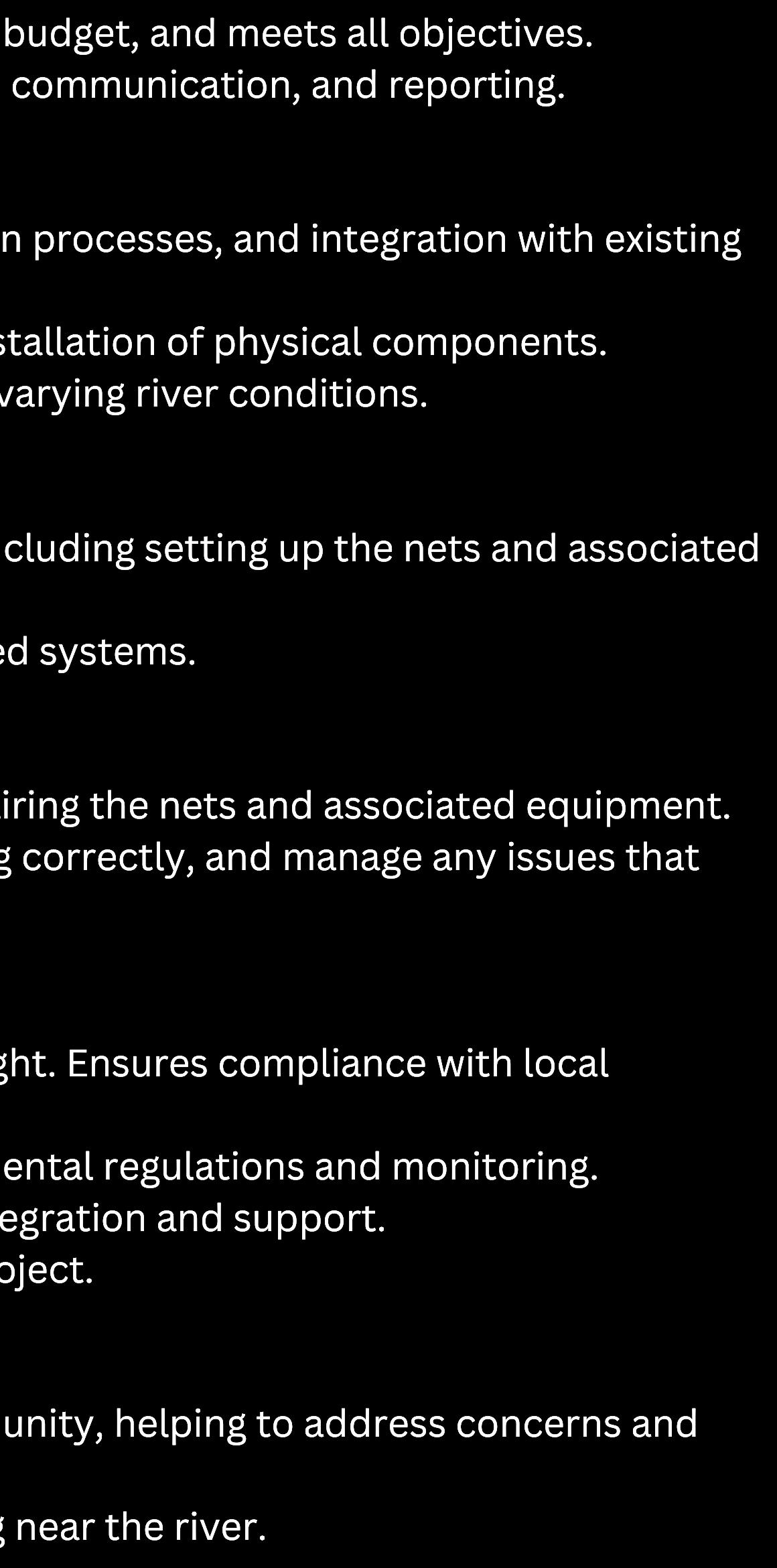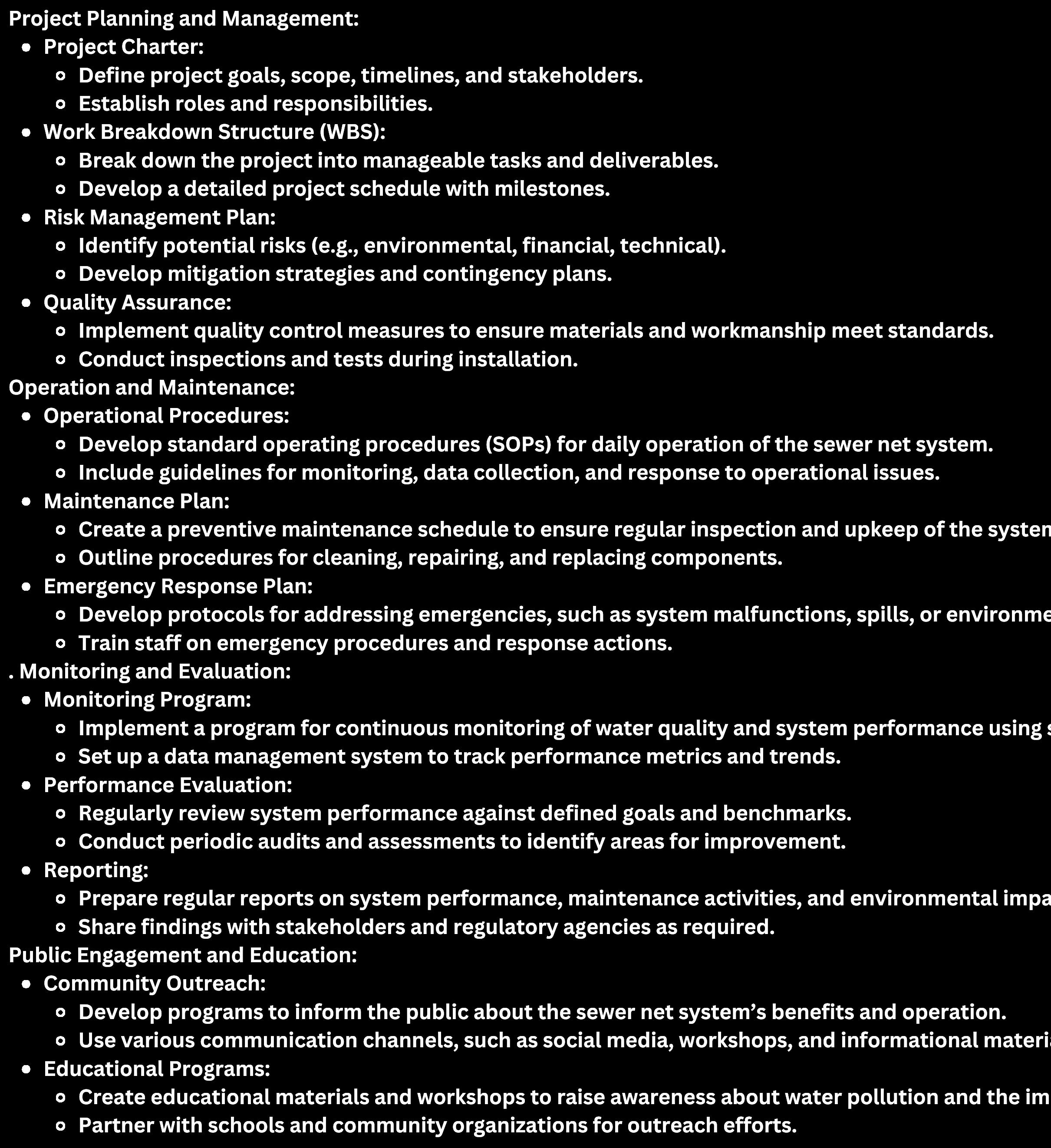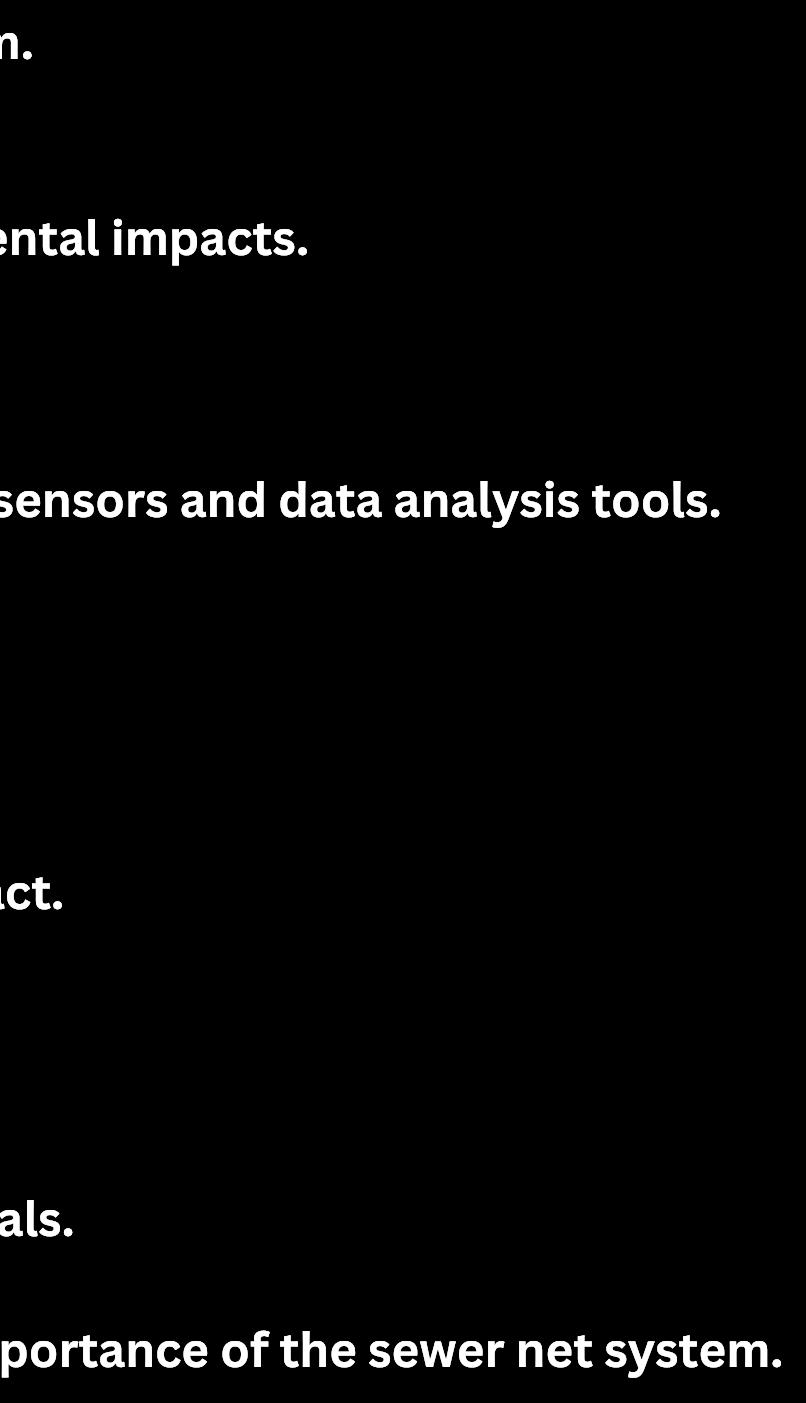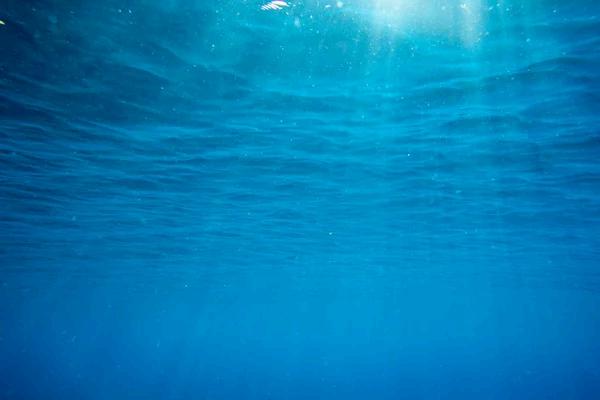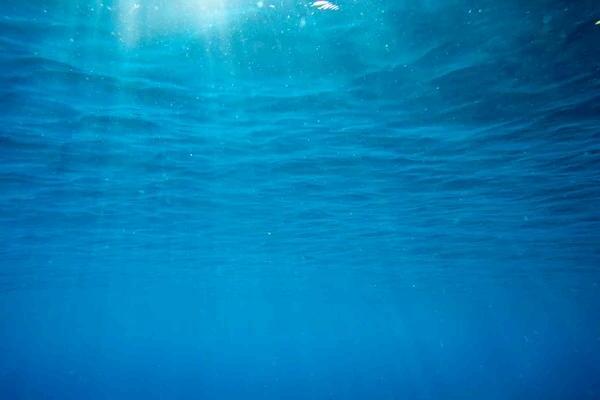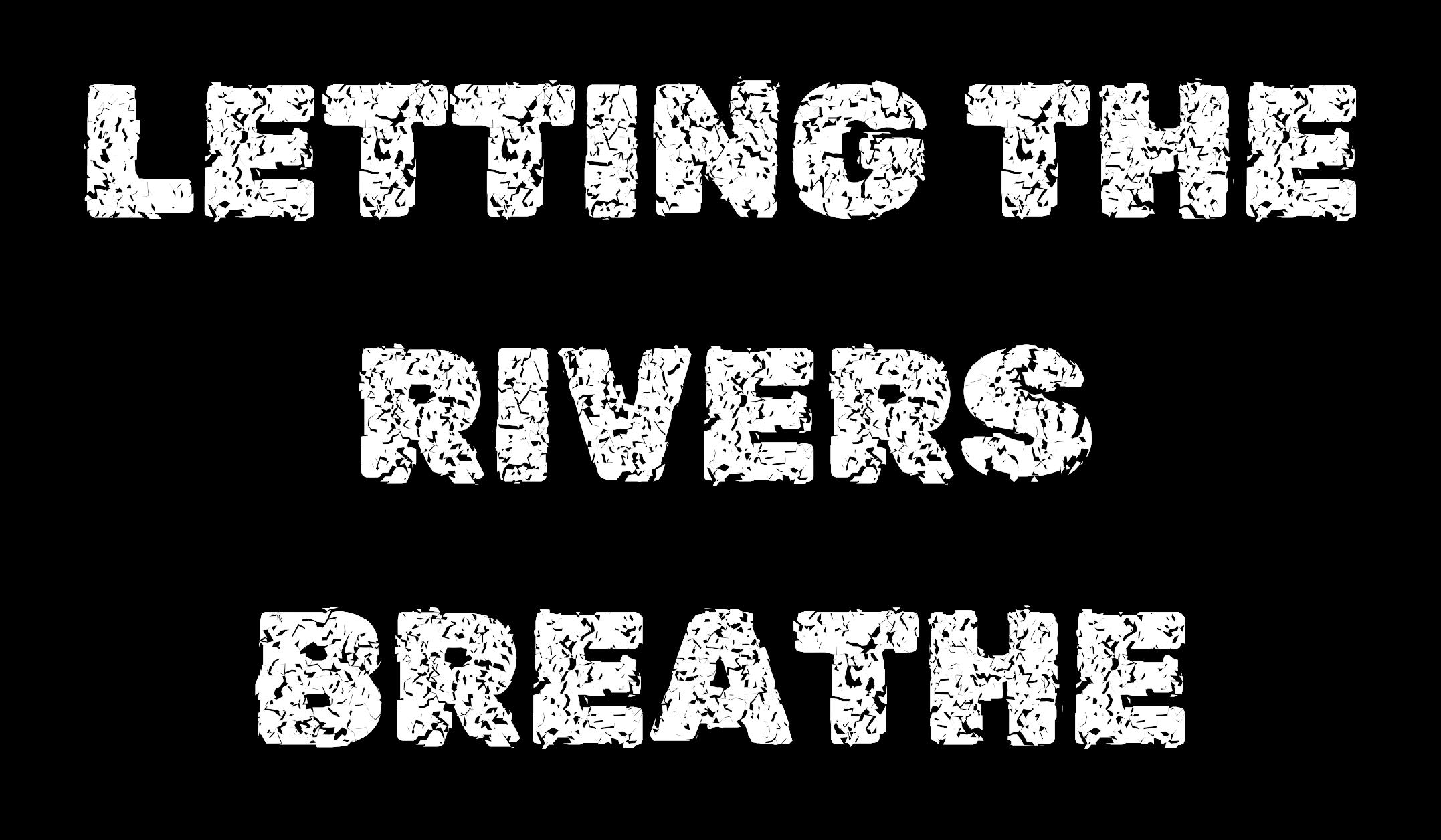

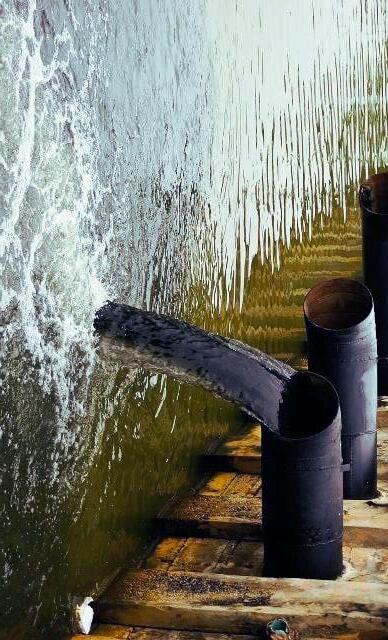

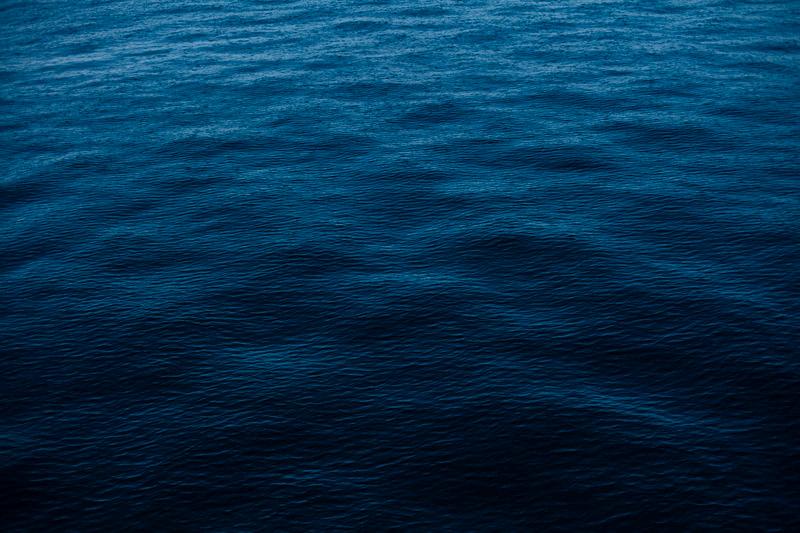
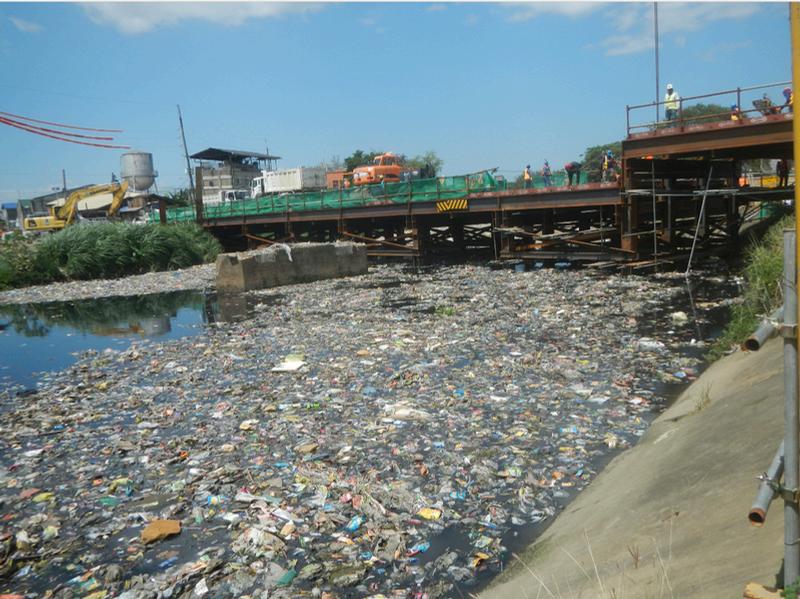
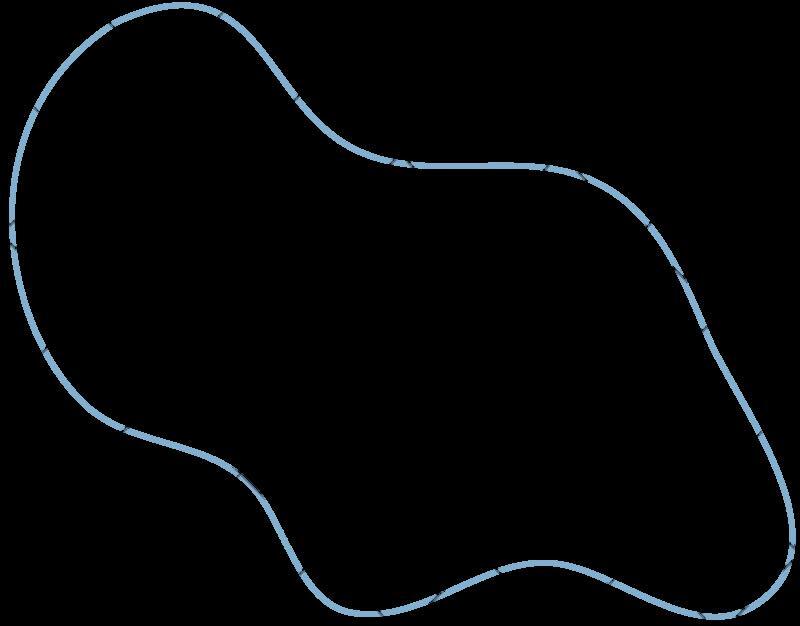

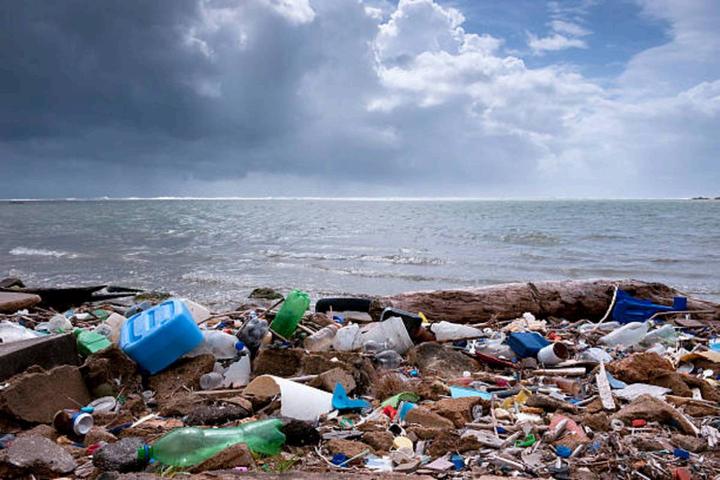
The river is a crucial part of the lives millions of Philippine residents as they use the water for personal use, different household usage, and irrigation. Unfortunately, Marilao River ll i h b vere issue, th all kinds p with the g sewer will filter all
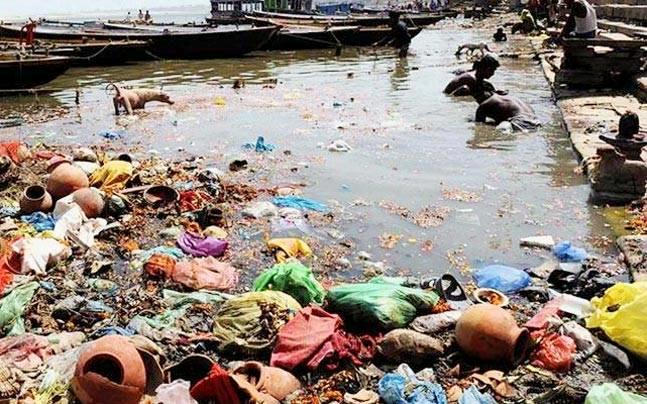
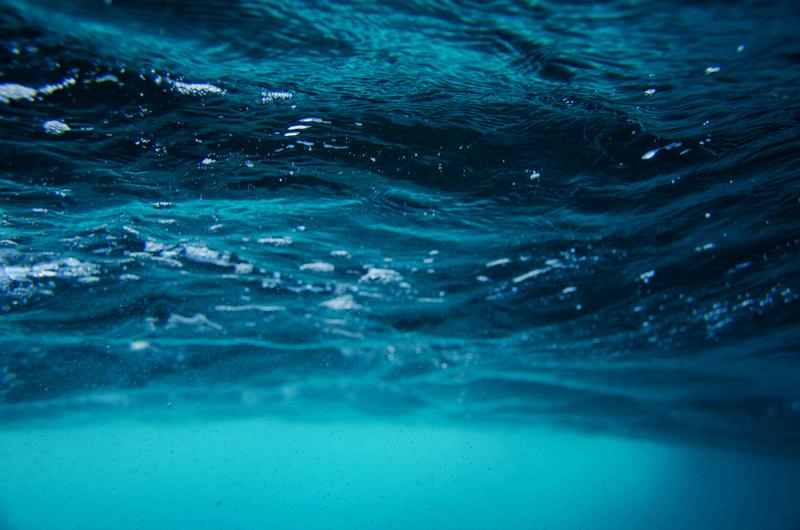


After the completion of this project, we will see a significant reduction in the pollution of the Marilao River. Implementing the sewer net system would play a crucial role in filtering out waste from the water. This improvement has the potential to enhance public health and safety by removing floating garbage, which in turn decreases breeding grounds for disease vectors like mosquitoes. Additionally, the net will prevent large debris from blocking the waterways, thereby reducing flooding risks and improving overall safety.
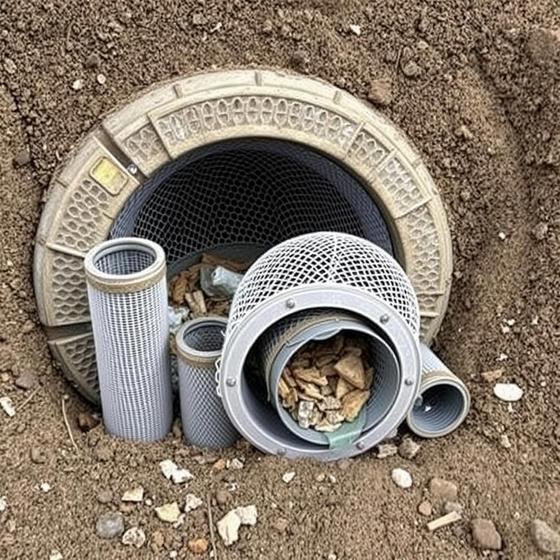
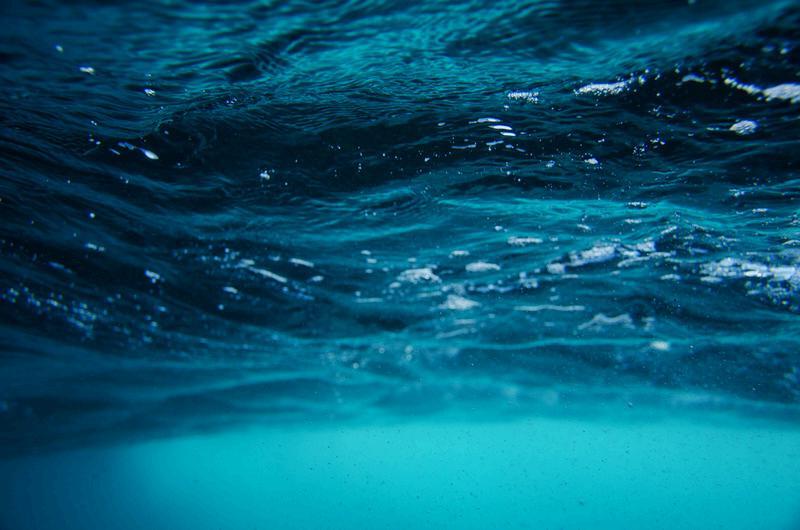

The Marilao River in Bulacan, Philippines, is classified by the Department of Environment and Natural Resources (DENR) as one of the country ’ s 50 "dead rivers" due to severe pollution. This river faces significant contamination from both industrial and domestic sources, resulting in major environmental and public health issues. The Marilao River in Bulacan, Philippines, is severely polluted, affecting millions of residents who rely on it for drinking water and irrigation. The pollution is primarily caused by waste from tanneries, textile factories, piggeries, gold refineries, and municipal dumps, which discharge hazardous chemicals into the river. Non-recyclable materials like plastic bottles also contribute to the contamination, further degrading water quality. Heavy metals such as lead, manganese, zinc, nickel, and cadmium have been found in the river, posing significant health risks to the local population. These contaminants have infiltrated the groundwater, making it unsafe to drink. The pollution has also led to soil degradation due to flooding, spreading waste across the land. The fish industry in the region is suffering as toxic metals cause a decline in aquatic life, with shellfish and freshwater fish showing unsafe levels of metal contamination. Local residents are experiencing health problems, including skin diseases, respiratory issues, and gastrointestinal disorders. Greenpeace reports highlight the urgent need for action to address this environmental crisis. The widespread pollution of the Marilao River poses a severe threat to both public health and the environment.
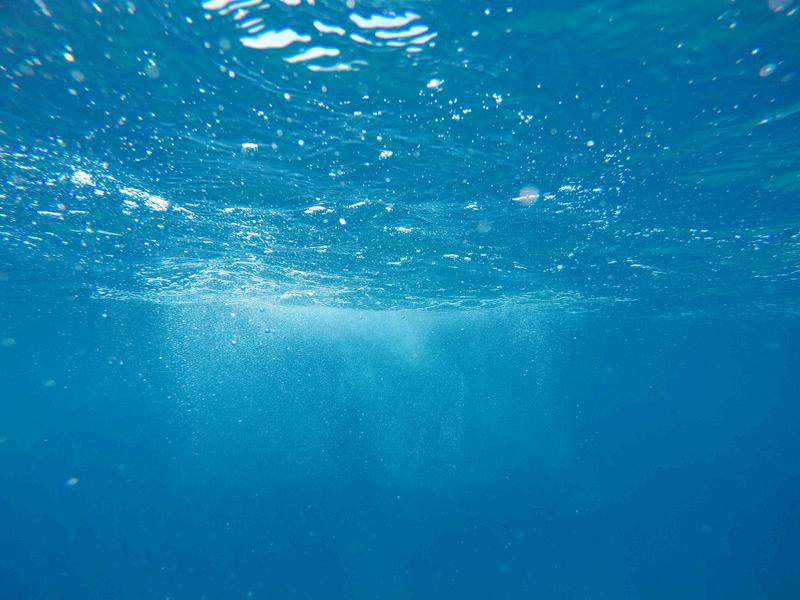

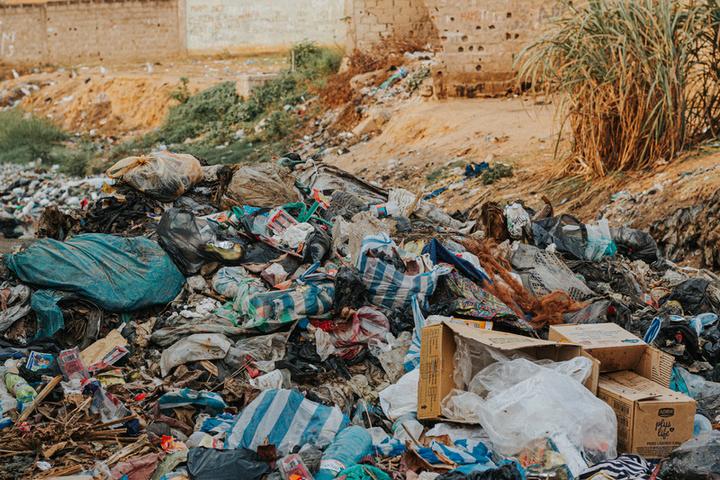




Second only to the Pasig River in terms of biological debris entering the nation's capital's historic natural harbour is the Marilao River, a major tributary of Manila Bay. A chronology from ecohubmap (2024) indicates that it hasn't been biologically viable since 1989. Fish and plants cannot survive in its waters any longer. The Marilao River has not recovered despite numerous administrations' best attempts. The Marilao River gained notoriety in 2020 for being among the dirtiest and foulest-smelling rivers in the entire globe. It was ranked sixth out of the top 19 most polluted rivers in the world by Conserve Energy Future (CEF), one of the leading websites for environmental awareness in the world. As of April 2024, the Bureau of Fisheries and Aquatic Resources (BFAR) 3 in Central Luzon had overseen the planting of 8,000 mangrove shoots in Barangay Nagbalon by local fishermen who had undergone training in appropriate mangrove planting practices. According to Garcia (2024), industrial activity and inappropriate waste disposal methods are the main causes of the severe pollution that affects the Marilao River in Bulacan, Philippines. Both the local community's health and the ecosystem are negatively impacted by this pollution.



